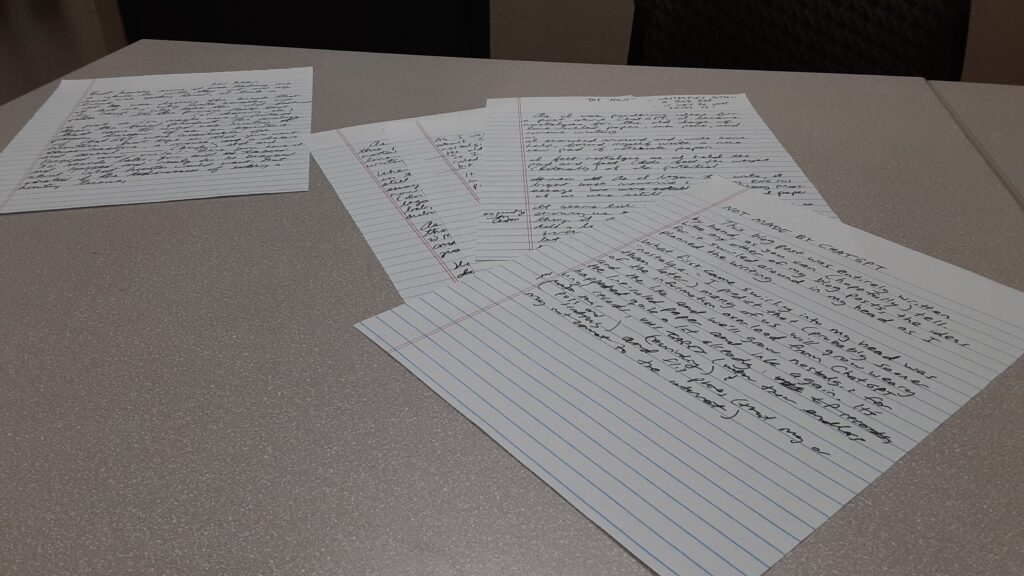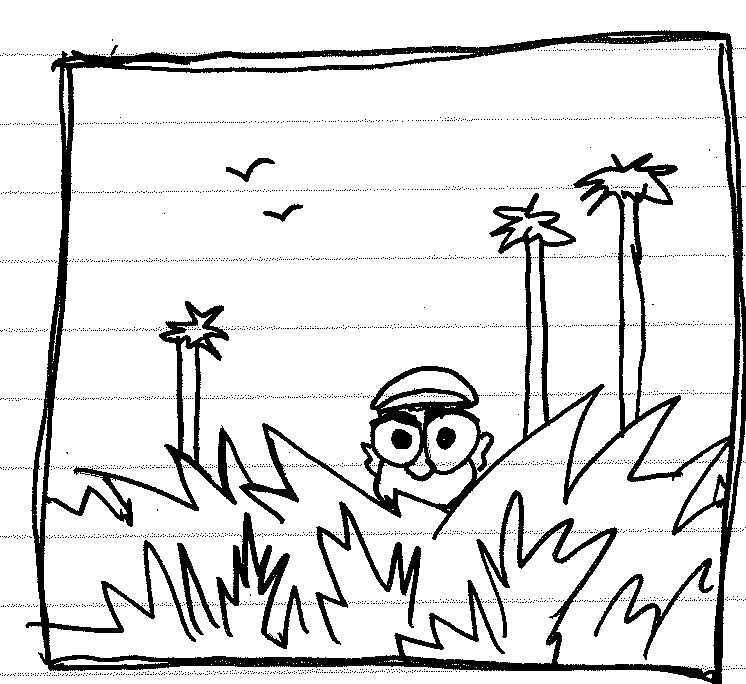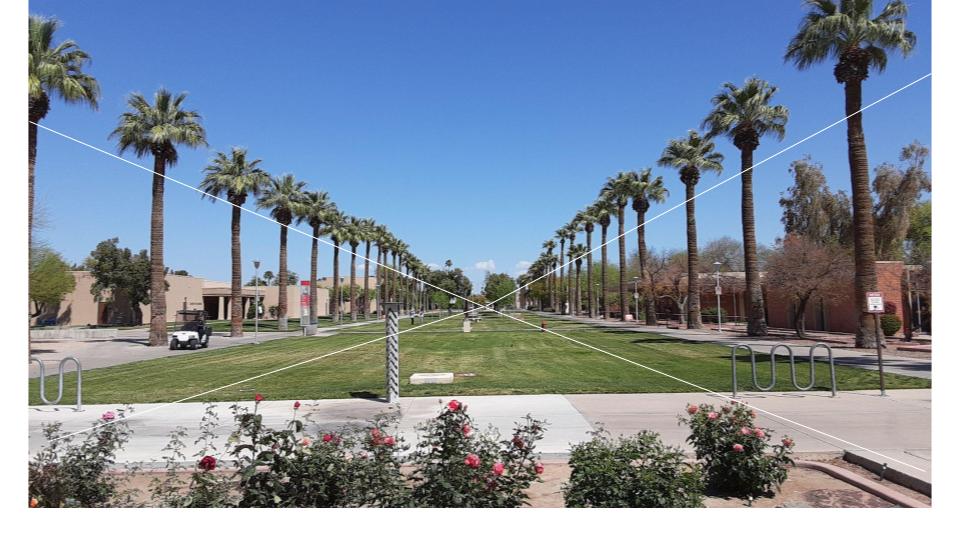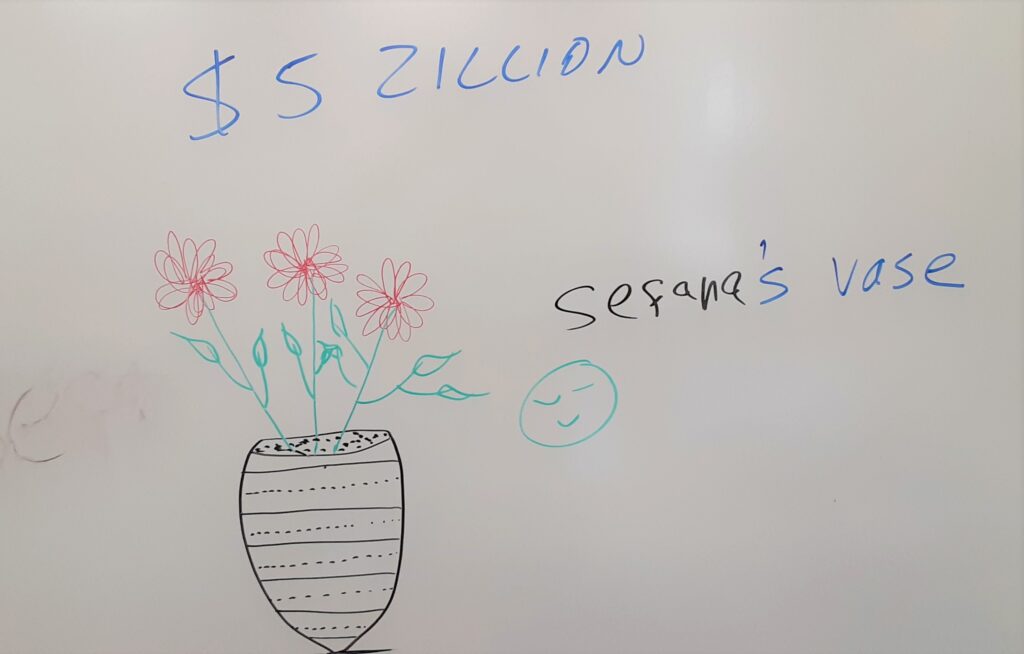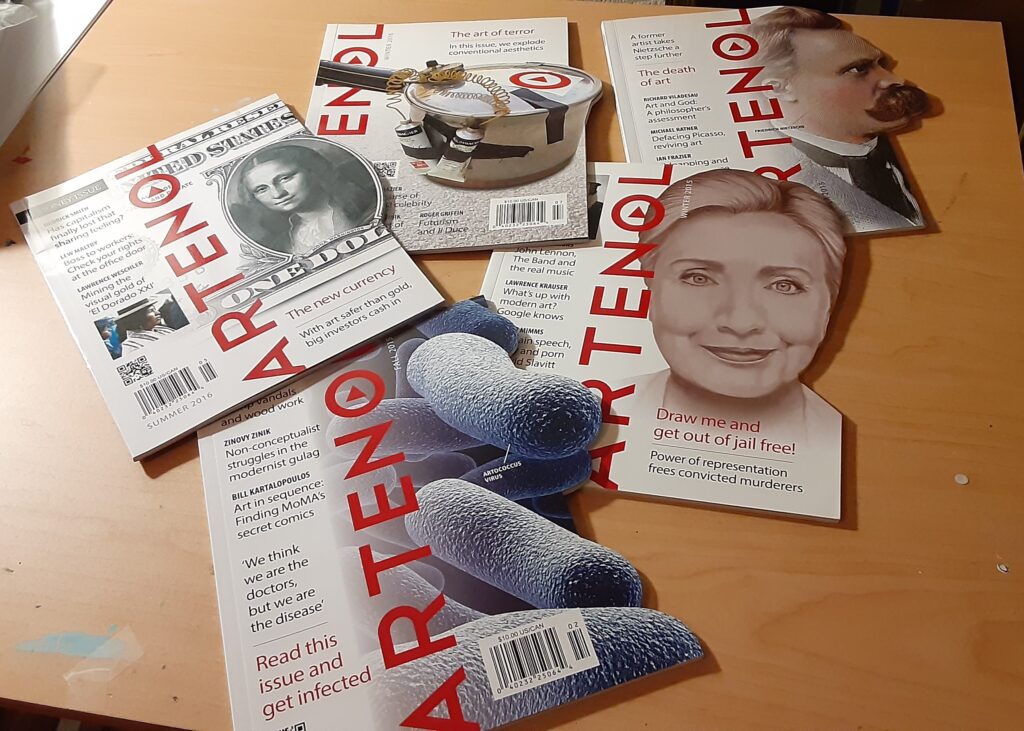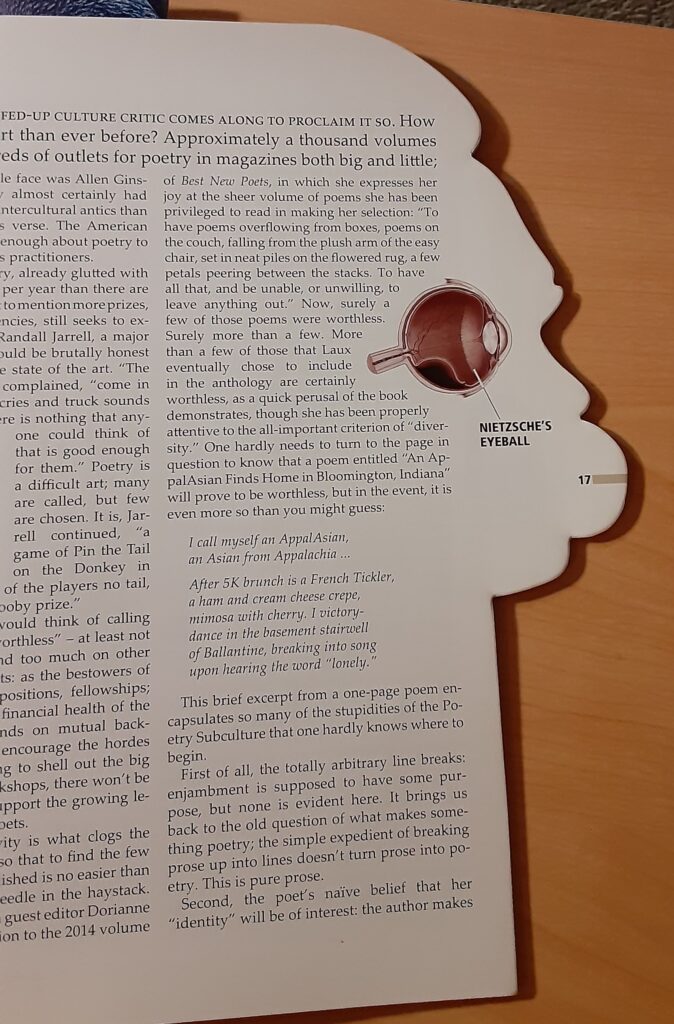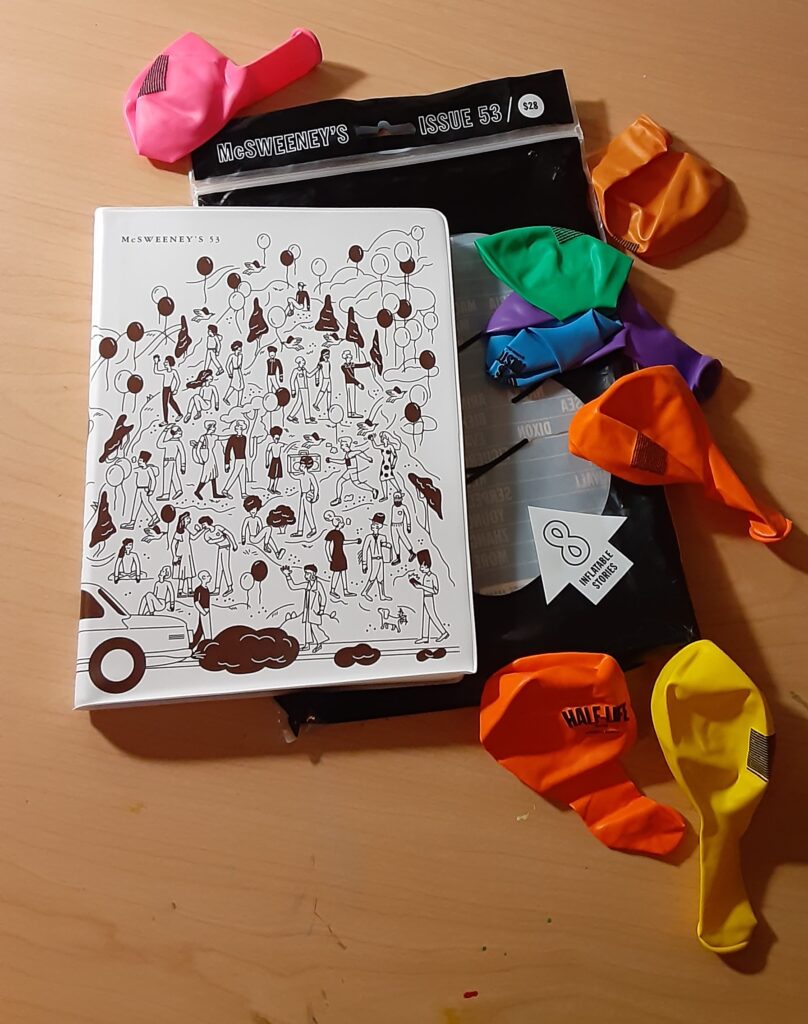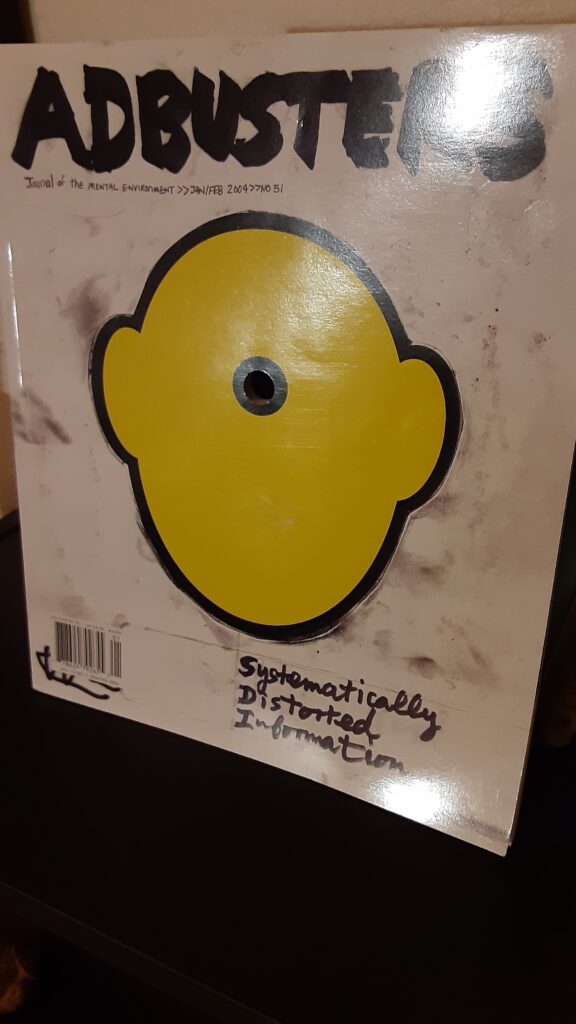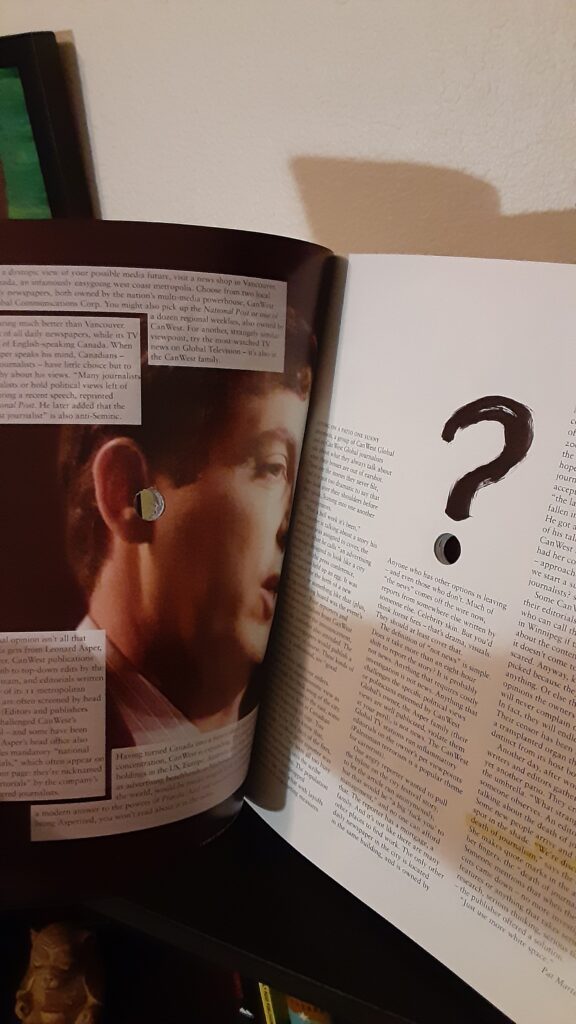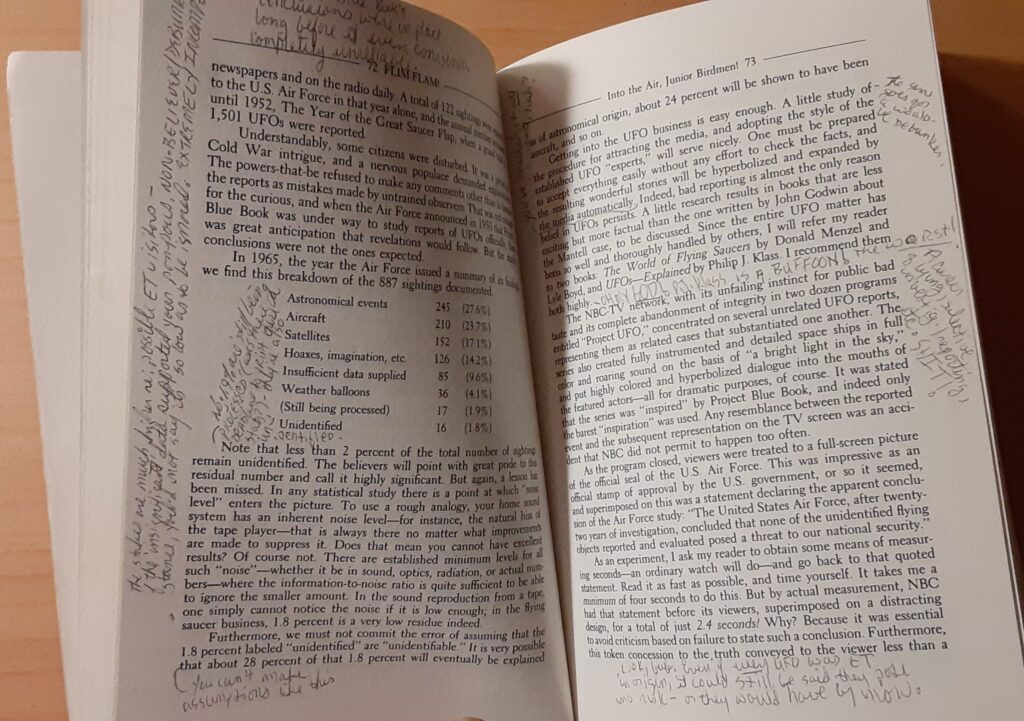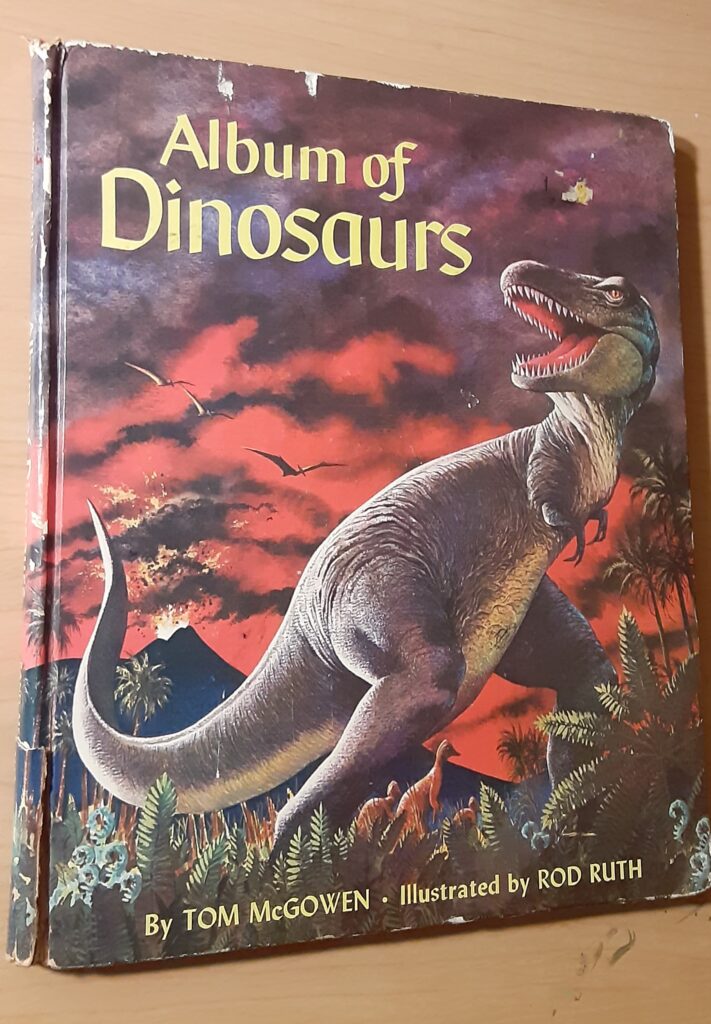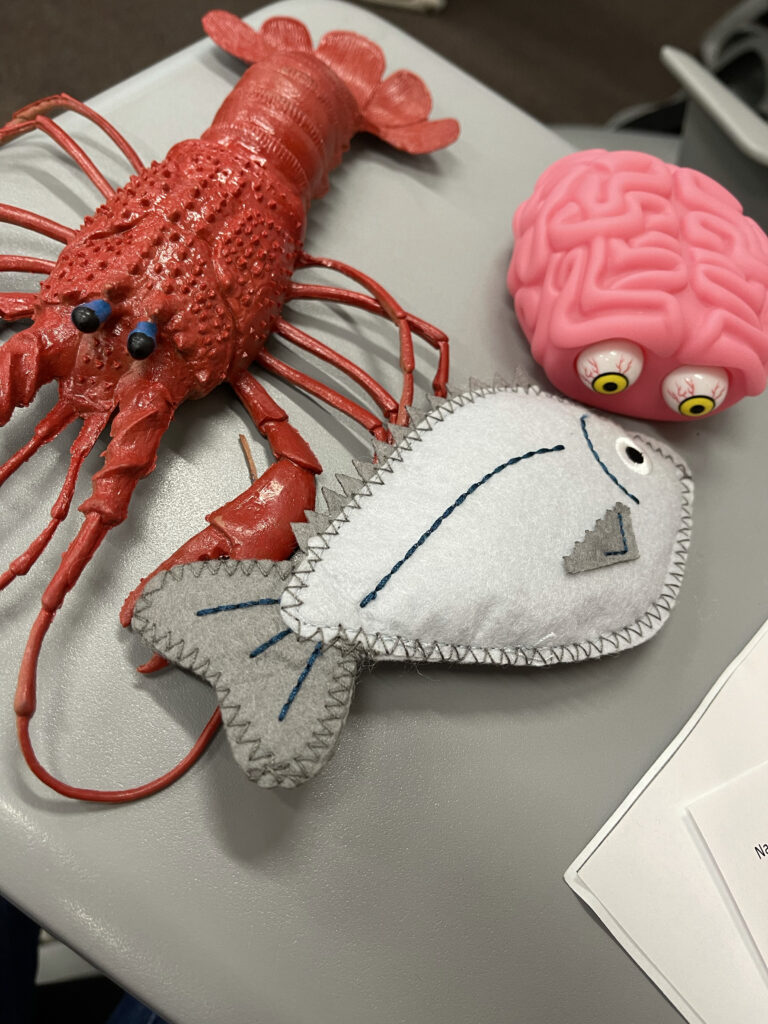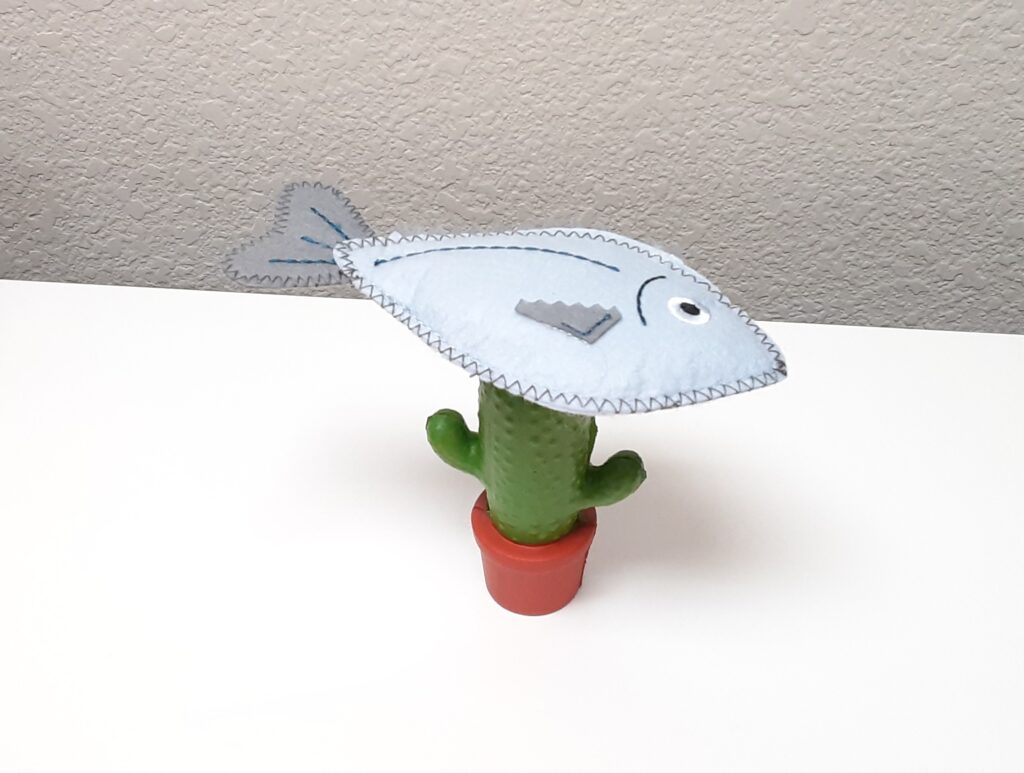As I was pondering the topic of ChatGPT for this post, I thought back to when I took ENG101 in the early nineties; most of us were still still submitting handwritten essays on paper. (In ENG102 the following semester, I upgraded to typing my essays at the computer lab and printing them out for submission. I just had to be careful not to lose the floppy disk!)
For nostalgic purposes, I began to write out the first draft of this post on line-ruled paper. When I got to the fourth full page, I was reminded of how time consuming it is to write by hand how my wrist and fingers quickly get sore. So I took a break…
It was during this writing “downtime” that thoughts about my post continued to swirl in my head, and then I came to realize what makes the often tedious writing process worth it: the hunt. The hunt for stimulating words, the hunt for vivid imagery, the hunt for creative ways of expression – all in the deep jungle of ideas and concepts.
Then I thought: Imagine if hunters were given the option of bypassing all the tedious work of getting a hunting license, getting hunting gear, improving their aim with target shooting, then going out to the wilderness and sitting, waiting, pursuing and eventually killing (for lack of a better word) their game… How many of them would want to instead feed some info into a supercomputer and have their prize deer, ducks, and elk tagged and bagged, ready for their selfie?
I would imagine not many. I’m not a hunter of animals, but I do consider myself a hunter of creative ideas. And just like hunting, sometimes you’ve just got to stay quiet and still, and the game will come to you, often when you least expect it.
So I think it’s important to convey to students that most worthwhile writing doesn’t start when we put pen to paper, or start tapping the keyboard, or feed data into ChatGPT – it starts waaay before, along the one-point perspective line of our lives and to that vanishing point in our past – you know, that time we’re nostalgic for.

